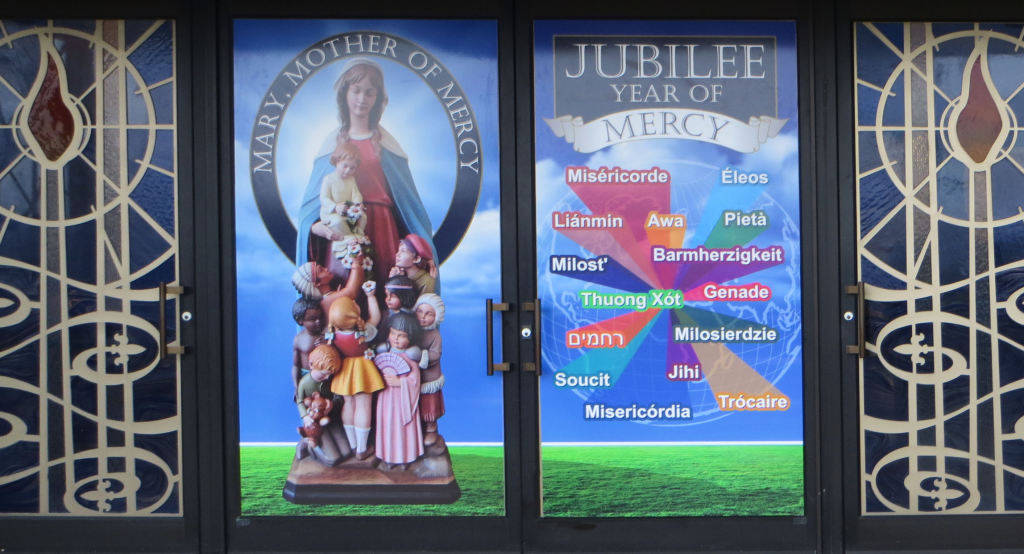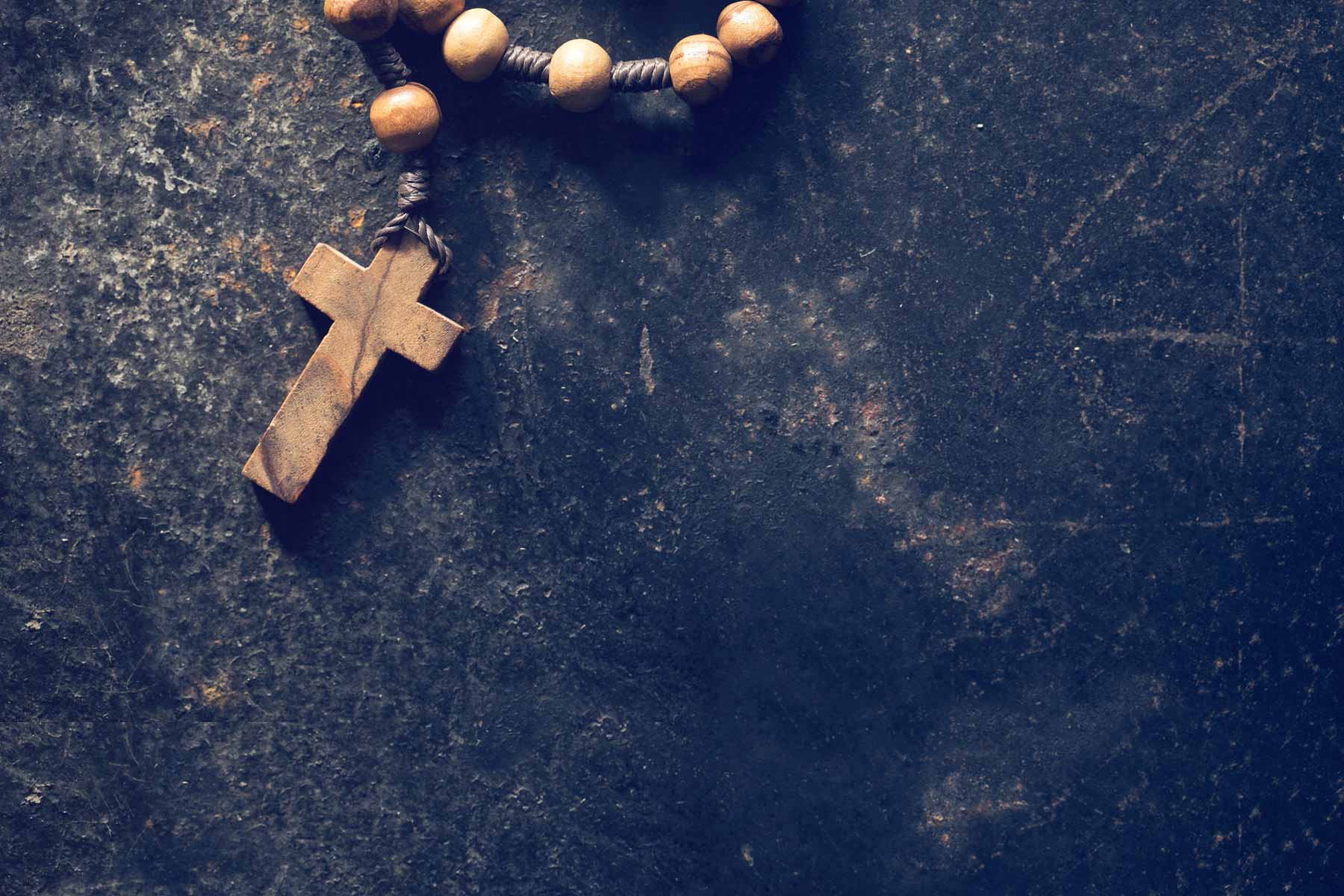 The establishment of the Holy Door traces its roots back to early Christians who used the practice as a public sign of penance before they could return to their faith community. Today, pilgrims who enter through these doors during a Holy Year are making a public acknowledgment of repentance and recommitment to their faith.
The establishment of the Holy Door traces its roots back to early Christians who used the practice as a public sign of penance before they could return to their faith community. Today, pilgrims who enter through these doors during a Holy Year are making a public acknowledgment of repentance and recommitment to their faith.
In a recent letter, Pope Francis noted that the Jubilee of Mercy and pilgrimages to Holy Doors “must be linked, first and foremost, to the sacrament of reconciliation and to the celebration of the Holy Eucharist with a reflection on mercy.” Faithful who make pilgrimages to religious sites or do good works during a Holy Year can receive indulgences provided that within one week of performing the act that an indulgence is attached to, they also receive the sacraments of penance and the Holy Eucharist and pray for the intentions of the Holy Father.
The modern example of the Holy Door dates back to 1499 when the pope at the time opened the door on Christmas Eve to inaugurate the Holy Year 1500. For most of Catholic history, the doors were opened with a hammer to symbolize the force of prayer and penance. This will be only the 29th Holy Year in the Church since the tradition began. (www.CamdenDiocese.org)
One of the unique things for the upcoming Jubilee of Mercy is that for the first time Holy Doors will be designated in every diocese throughout the world. Holy Doors in our Diocese will be opened at 5 pilgrimage sites. Our Lady of Lourdes Church, Mary, Mother of Mercy Parish is one of those sites.
“To focus on the door is to recall the responsibility of every believer to cross its threshold. To pass through that door means to confess that Jesus Christ is Lord; it is to strengthen faith in Him in order to live the new life which He has given us. It is a decision which presumes freedom to choose and also the courage to leave something behind, in the knowledge that what is gained is divine life." - St. John Paul II

